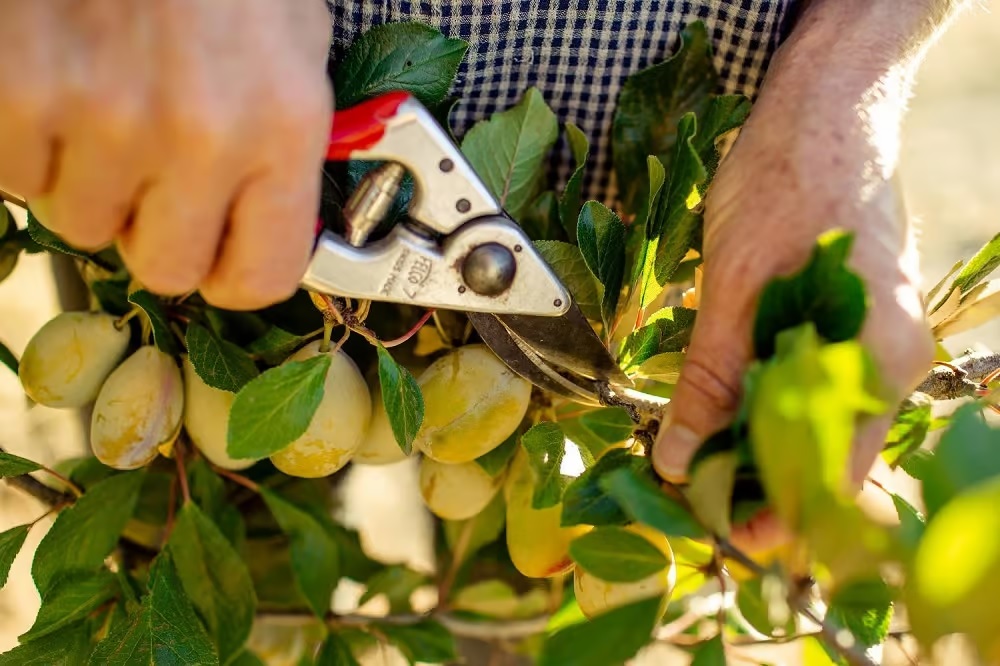In an era where environmental awareness is no longer optional but essential, sustainable gardening has become more than just a hobby—it’s a lifestyle choice. For eco-conscious individuals, gardening offers a unique opportunity to reduce one’s carbon footprint, foster biodiversity, and create personal sanctuaries that align with nature rather than disrupt it.
This guide explores sustainable gardening practices that not only nurture the soil but also the soul. Whether you’re a seasoned green thumb or a budding enthusiast, adopting these eco-friendly techniques will help you grow a vibrant garden while protecting the planet.
Understanding Sustainable Gardening
At its core, sustainable gardening refers to cultivating plants and managing gardens in a way that minimizes environmental harm and promotes ecological balance. It goes beyond simply avoiding pesticides—it’s about creating systems that are regenerative, resilient, and respectful of natural resources.
Benefits of Sustainable Gardening
-
Reduces waste and pollution
-
Promotes biodiversity
-
Improves soil and water health
-
Lowers energy consumption
-
Enhances personal well-being
Let’s delve into the practices that make sustainable gardening both attainable and deeply rewarding.
1. Start with Healthy Soil
Soil is the foundation of every garden, and healthy soil is teeming with microorganisms that support plant life. Instead of relying on synthetic fertilizers, opt for organic amendments and encourage natural soil fertility.
Tips for nurturing healthy soil:
-
Use compost made from kitchen scraps and yard waste to enrich the soil with nutrients.
-
Apply mulch to retain moisture, suppress weeds, and feed beneficial organisms.
-
Practice crop rotation to prevent soil nutrient depletion and disease build-up.
2. Composting: Nature’s Recycling System
Composting is perhaps the most fundamental and rewarding sustainable practice. It diverts waste from landfills and returns vital nutrients to the earth.
What to compost:
-
Fruit and vegetable scraps
-
Coffee grounds and tea leaves
-
Crushed eggshells
-
Grass clippings and leaves
-
Paper towels and shredded cardboard (unbleached)
Avoid composting:
By maintaining a balanced ratio of greens (nitrogen-rich materials) to browns (carbon-rich materials), your compost pile will break down efficiently and provide your garden with rich humus.
3. Choose Native and Drought-Resistant Plants
Plant selection plays a key role in creating a sustainable garden. Native plants are well-adapted to local conditions, require less water and maintenance, and support native wildlife.
Why choose native or drought-tolerant species:
Examples include lavender, coneflower, yarrow, and sedum, depending on your region.
4. Water Wisely
Water conservation is central to sustainable gardening. Over-watering not only wastes a precious resource but can also harm plant health.
Eco-friendly watering practices:
-
Install a rain barrel to collect and reuse rainwater.
-
Water early in the morning or late in the afternoon to minimize evaporation.
-
Use drip irrigation or soaker hoses to deliver water directly to roots.
-
Group plants with similar water needs together to avoid overwatering.
5. Practice Organic Pest Control
Eliminating pests doesn’t have to involve harsh chemicals that harm beneficial insects and the broader ecosystem. There are numerous natural ways to keep your garden healthy.
Natural pest control strategies:
-
Encourage natural predators like ladybugs, spiders, and birds.
-
Plant pest-repelling herbs such as basil, marigold, and mint.
-
Use neem oil, insecticidal soap, or homemade garlic sprays for infestations.
-
Rotate crops to break pest cycles.
6. Create a Pollinator-Friendly Habitat
Pollinators like bees, butterflies, and hummingbirds are essential to the garden ecosystem, aiding in the reproduction of flowering plants. A sustainable garden supports their presence.
Ways to attract pollinators:
-
Include a variety of flowering plants that bloom across seasons.
-
Avoid pesticides, especially during flowering.
-
Provide a water source like a shallow dish with stones.
-
Leave some wild areas or native grasses for shelter.
7. Reduce, Reuse, Recycle in the Garden
Incorporate sustainable habits by minimizing waste and reusing materials wherever possible.
Eco-friendly garden hacks:
-
Repurpose old containers as planters.
-
Use broken ceramics for drainage in pots.
-
Turn pallets into vertical gardens or compost bins.
-
Reuse garden clippings for mulch or compost.
8. Grow Your Own Food
One of the most empowering aspects of sustainable gardening is growing your own organic produce. It reduces the carbon footprint of transporting food and promotes a healthier lifestyle.
Getting started with edible gardening:
-
Begin with easy crops like tomatoes, lettuce, radishes, and herbs.
-
Use raised beds or containers if space is limited.
-
Practice companion planting to enhance yields and reduce pests.
-
Save seeds from successful harvests to plant next season.
9. Support Biodiversity
A diverse garden is a resilient garden. Encourage a wide range of species to thrive in your green space.
Ways to increase biodiversity:
-
Include a mix of flowering plants, vegetables, and shrubs.
-
Create different habitats like rock piles, birdhouses, and small ponds.
-
Avoid monocultures that attract pests and limit wildlife interaction.
Final Thoughts: Gardening with a Conscience
Sustainable gardening is not about perfection—it’s about intention. Every compost pile, every native plant, every saved drop of water is a step toward healing our planet. As an eco-lover, your garden can become a microcosm of what the world could be: abundant, resilient, and harmonious with nature.
By embracing these practices, you don’t just grow plants—you grow possibilities. You cultivate a space that feeds your body, soothes your spirit, and serves the Earth. Sustainable gardening, at its heart, is a profound act of care—one leaf, one blossom, and one harvest at a time.





